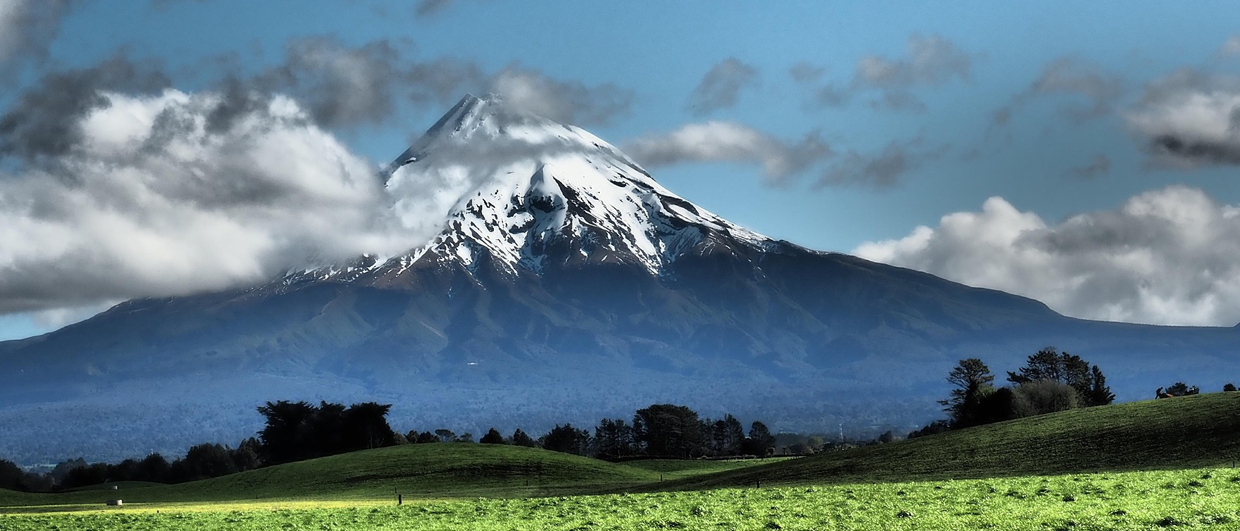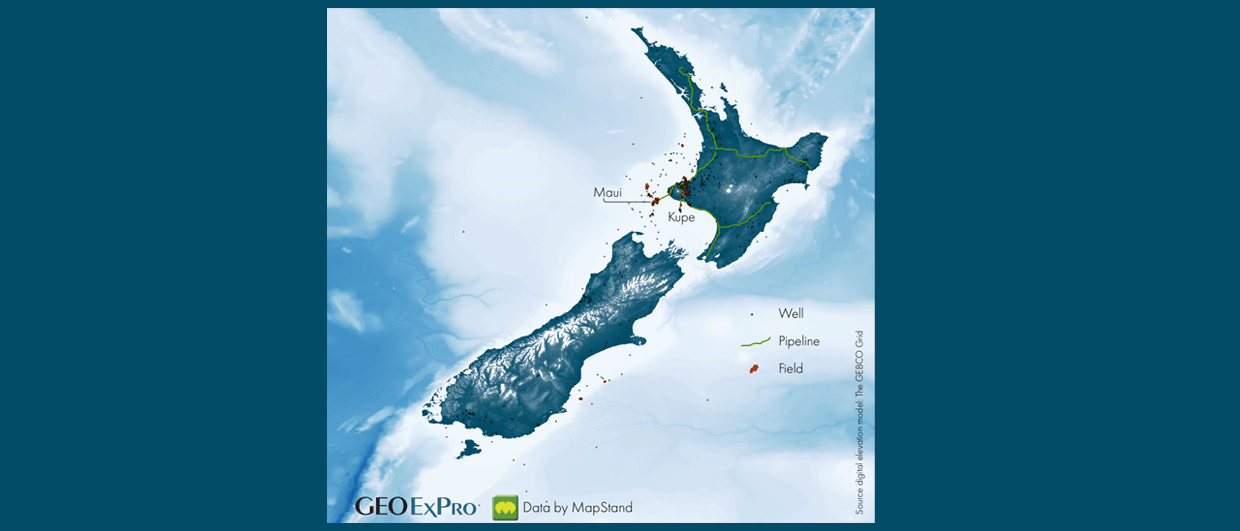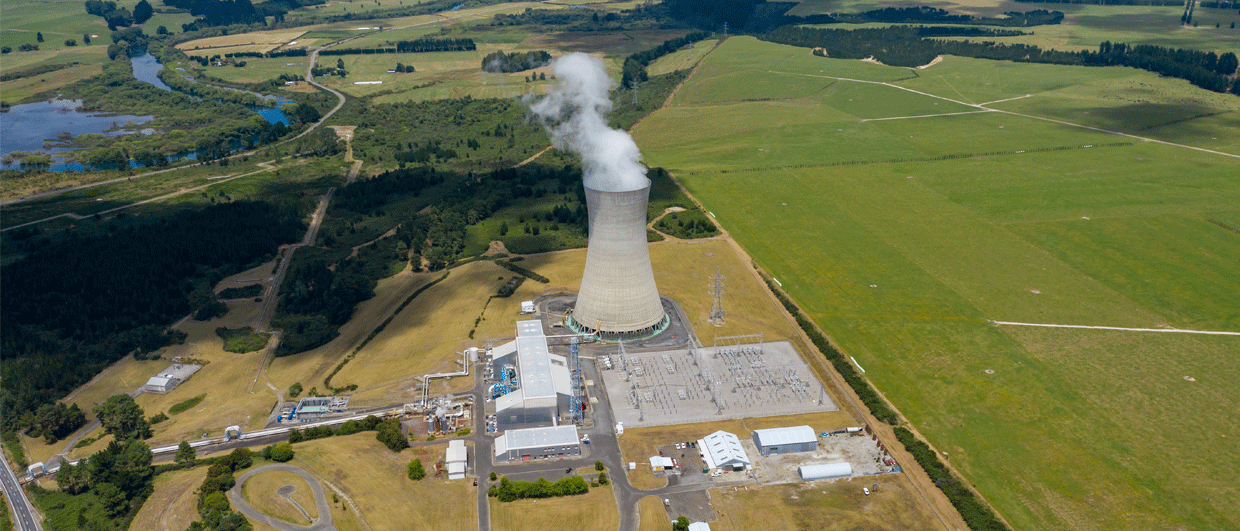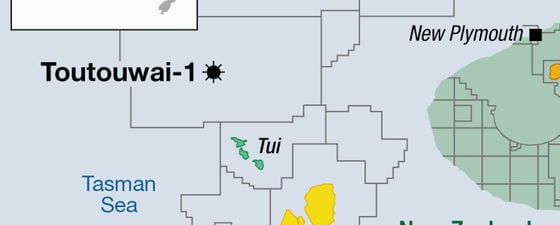“We have to inject life back into the economy and avoid de-industrialisation,” said Shane Jones during a webinar yesterday, hosted by Ross Compton from the EnerGeo Alliance. Mr Jones is not a random member of the public interviewed and asked for his opinion. Mr Jones is the Minister of Resources in the recently elected New Zealand government.
But it won’t be easy to attract new companies. “We’re effectively starting again, as there is zero frontier acreage under permit at the present day,” said John Carnegie, CEO of Energy Resources Aotearoa, the organisation that forms a link between industry and government. That is the challenge; bringing back the companies that are willing to take the frontier acreage and drill new plays in areas where infrastructure may not be in place yet.
It has certainly been made easier to apply for licences, as both Shane Jones and John Carnegie underline. The country now offers and open-door policy, and the government also set aside a budget of 200 million dollars over the next four years to become a co-investor in new gas exploration projects. Reduction of red tape is another priority, with a mindset “that projects can go ahead unless there is a valid reason to block it,” said Shane Jones. Finally, John Carnegie added that the government more recently decided to introduce a sovereign risk mechanism in the form of an investment underwrite.
And it’s not only about oil and gas. The minister also highlighted that additional funding will be made available for geothermal exploration, with a new site already selected on the North Island, in addition to a new hydrogen policy being announced later this year.
There is certainly potential in the country, especially offshore. John Carnegie reiterated that the area where oil and gas production is currently centred – the Taranaki Basin – is only one of a total of 18 mapped basins with petroleum prospectivity. “A total of 400 wells have been drilled in New Zealand so far,” said Anne Forbes from WoodMac, “with only a handful well in deeper waters – the last one drilled by Anadarko in 2014.” In addition, there are seismic data available for initial screening, as both TGS and SLB illustrated during the webinar as well.
Check here for a GIS viewer showing petroleum data in New Zealand
But at the end of the day, the key question remains whether this new policy will be reversed again once a newly elected government will be in place in a couple of years. “This is unrealistic given the scenarios we now run,” said John Carnegie, as he reiterated that based on current polls a future government will rely on a coalition in which the New Zealand First Party – which is the driver behind the ban reversal – will most likely form part of.
“We are politically a low risk country,” concluded John Carnegie. The question of course is, does the industry share this view? The proof of that will be seen in the next few years.





